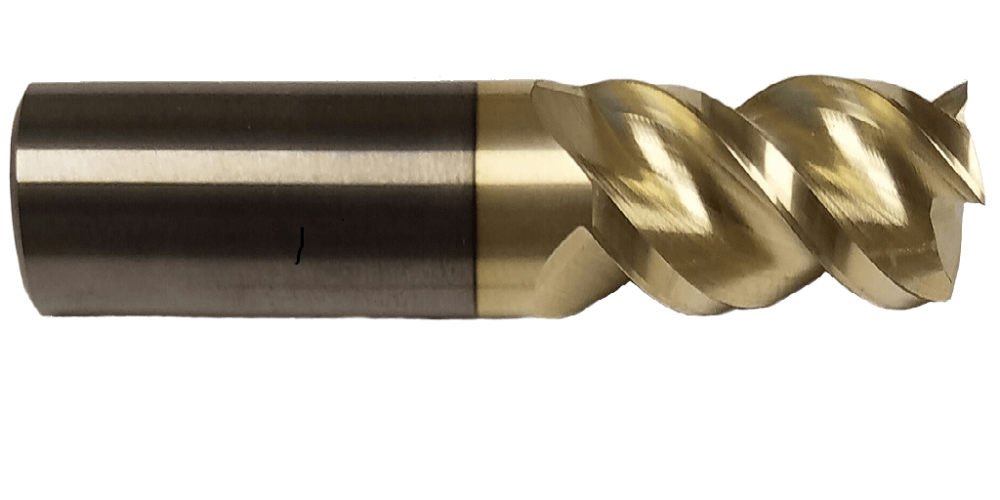We love machining aluminum. Its gummy texture and unique properties make it a pleasure for those in the aerospace and medical industries who need the strength, flexibility, and lightweightness of aluminum. All those are good things, but they are making aluminum machining extremely competitive and shops around the country are trying hard to keep up.
We all know that spindle speeds can totally change the rules as they affect what you can or can’t do when machining hard materials such as metal. But this is especially true when it comes to aluminum.
For example, when machining hard alloys, such as Steel or Inconel, high speeds are often combined with lighter depths of cut, allowing you to keep the fundamentals of the process virtually unchanged. Here, the spindle and the cutting tool, carbide end mills, are still the main factors that determine the limits of removal rates.
But when changing to aluminum, this logic is almost turned upside down. Higher spindle speeds go hand in hand with heavier and deeper cuts. Inevitably, tool chatter enters the equation and becomes an important factor that affects your process. The unique harmonic properties of aluminum set different ground rules for high-performance machining.
Chatter usually happens at high speeds in other materials, hence the need for solid carbide tools that are rigid enough to minimize its effects and increase feed rates. However, when machining aluminum, your maximum speed is no longer the ideal speed. To achieve higher removal rates in aluminum, you need to find its “sweet spot” to prevent chatter and expand overall tool life.
Aluminum harmonics make the material work as a bell, with a specific dynamic vibration or “tone”. When your spindle and tool match this vibration in terms of hertz or hits per minute, they resonate with the material and start vibrating causing uncontrollable chatter. What some researchers found is that you want to keep your cutter strikes between 500 and 800 strikes per second when cutting aluminum in order to match its natural frequency.
If you´re doing your math, that would give you an idea of the ideal flute count and speed for reaching this harmonic sweet spot. We found that the best end mills for aluminum are three-flute carbide end mills with a steep helix angle. Carbide provides increased stiffness that keeps chatter under control, making it easier to find that speed sweet spot without encountering wild variations due to tool wobbling. This super material offers better chip evacuation properties that help keep temperatures under control. Carbide also provides longer life, sharply decreasing downtime cycles.
If the bulk of your work depends on machining aluminum, and you want to stay competitive, get the best end mills for aluminum from real carbide tooling experts. Visit www.onlinecarbide.com today, and find incredible deals on carbide tools specifically designed for high-performance aluminum machining. Check out their special offers for orders above $250 in premium tools, and find the lowest prices to cover your tooling needs.












